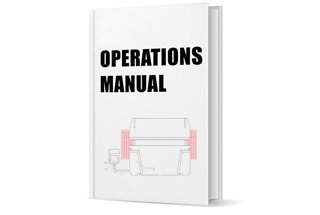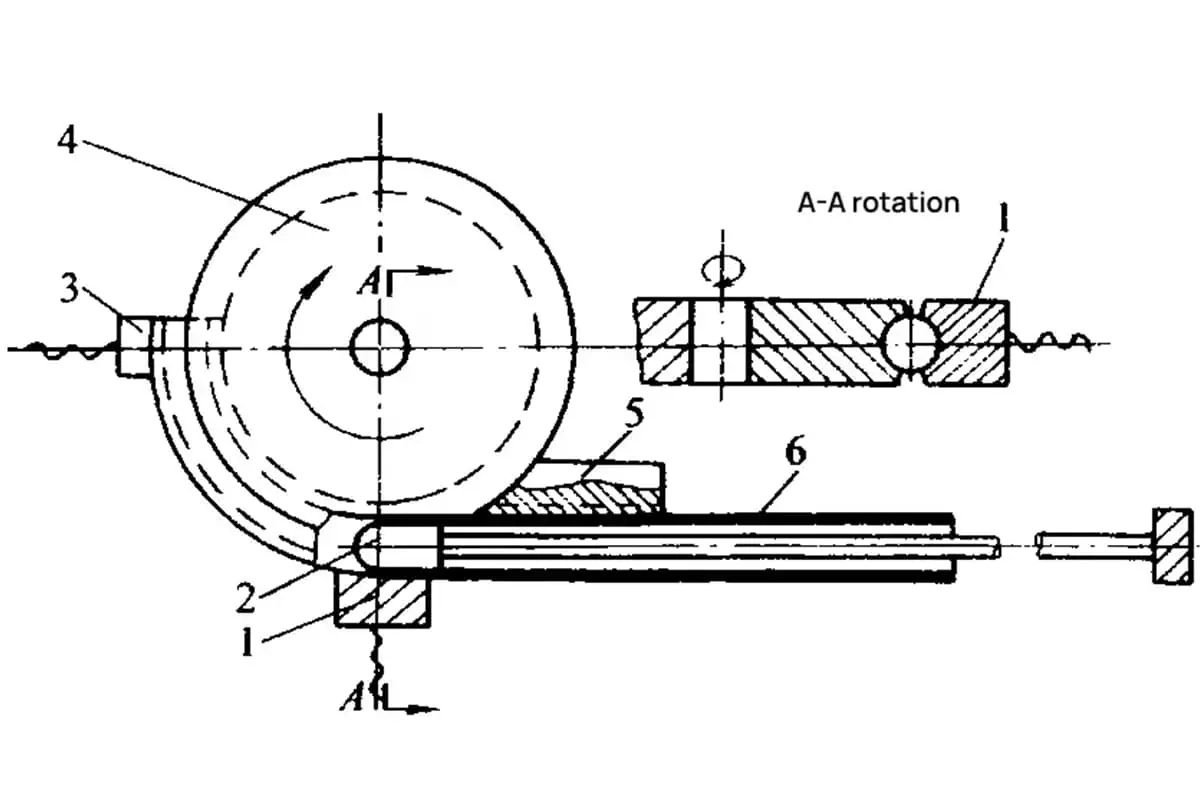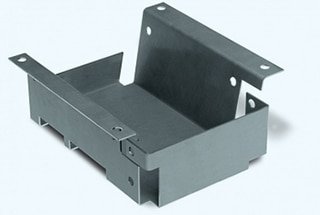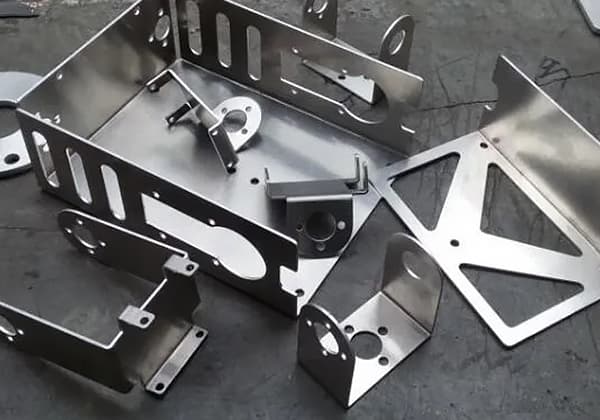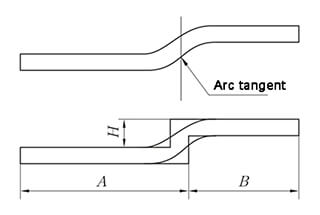
How can manufacturers boost the efficiency of press brakes? The integration of Programmable Logic Controllers (PLC) offers a transformative solution. This article explores how PLC technology enhances automation, control accuracy, and reliability in press brakes. Readers will gain insights into practical applications, anti-interference strategies, and key precautions to maximize the benefits of PLC systems in their operations. Discover how these advancements can revolutionize press brake performance and streamline production processes.
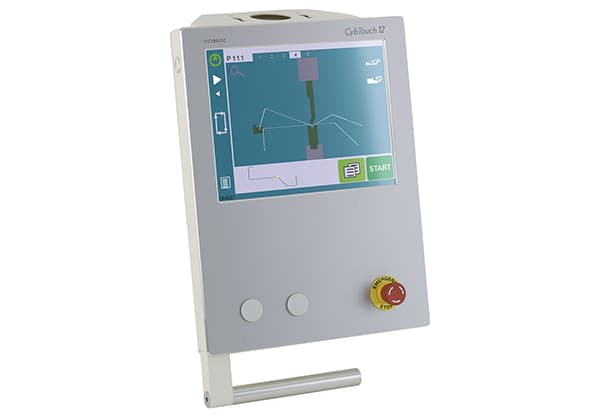
PLC (Programmable Logic Controller) is an electronic system that integrates automatic control technology, communication technology, and computer technology.
Since its development, it has shown very powerful performance and plays an increasingly important role in the automation process of press brakes. Because PLC uses storage logic to control logic through program storage, it has strong general expandability and reliable stability.
Therefore, in practical applications, its program can be easily modified to fit the actual work.

This article mainly discusses the application of PLC control technology in press brake automation, as well as the anti-interference technology of PLC control in press brake automation. It proposes some personal points and experiences about the application of PLC control technology in press brake automation.
In order to ensure that the PLC control system has strong fault automatic diagnosis and anti-interference performance, operators will choose to use isolation, grounding, and filtering during the design process, and the operation of these means makes the application of PLC more and more extensive.
Moreover, because PLC uses a logical control mode, it can control a single device or a whole production line. In addition, it also has the ability to communicate with various types of PC machines, which is of great significance for the development of press brakes.
Therefore, PLC has been widely used in the field of electrical control of press brakes. Furthermore, more intelligent and advanced control technologies have emerged.
Since the advent of the information age, flexibility, intelligence, networking, and digitization have injected vitality into PLC. This has provided greater development space and opportunities for automation in press brakes.
The variety of products on the market will become more abundant, specifications will be more complete, and technical development or automation design personnel can better solve practical problems by developing perfect man-machine interfaces and comprehensive communication equipment.
They can also flexibly develop to meet various control requirements such as:
In practice, PLC automatic switch control, as a substitute for relay control, can greatly enhance the reliability and stability of the control system.
At the same time, PLC technology can design the ladder diagram according to the formula and program set by the sequential controller, which is a major highlight. The key advantages of this part are:
(1) fast response speed of PLC technology in problem processing, easy operation, maintenance and maintenance, high control stability and reliability;
(2) the application of PLC switches can improve the system quality, effectively save operating time, and solve the difficulty of system route modification. From the current application of PLC control systems, it has been widely used in many fields.
With the continuous development of this technology, its application space is becoming wider, and its role in switch control is being explored and developed.
Usually, due to the logical instructions such as (AND), or (OR), not (NOT) set by PLC, these logical instructions make up for the shortcomings of traditional relay control methods, and can complete logic control.
They can also effectively apply it to single-machine control, cluster control, and production line control of multiple equipment coordination. The use of PLC control systems in these scenarios shows its inherent performance advantages, which effectively improve production efficiency.
Based on a clear understanding of the basic characteristics of the controlled object, PLC can achieve automatic control.
Generally speaking, the PLC control system mainly involves three types of modules: host module, position control module, and high-speed calculation module.
The analog quantity of these modules can effectively improve the accuracy of system control.
At the same time, the application of PLC control system can better control the heat treatment process such as insulation and cooling.
This characteristic is unmatched by other control systems, and thus has been favored by many technical personnel.
When PLC is applied to actual production processes, it can make the machine tool tool string complete compensation control and effectively achieve accurate separation of the spindle.
The application of PLC control system in the automation and intelligent equipment manufacturing industry greatly enhances the degree of automation and intelligence of the production system, effectively realizing precise control of the system, and greatly improving the precision of production.
In its actual application, repeated and subtle adjustments are required, which fully reflects the fast response characteristics of the PLC system.
There are many electronic circuits and instruments in the field of press brake automation, and interference is hard to avoid. The sources of interference for PLC mainly include: external interference of the system, various radiation interferences, internal interference of PLC system (electromagnetic radiation between internal circuits or components), and external interference of the system.
To address the problems caused by interference and enhance the anti-interference ability of PLC, the following technical means can be adopted:
(1) Select equipment with strong anti-interference capability.
Performance parameters such as electromagnetic compatibility and resistance to external interference should be mastered, such as the range of withstand voltage and allowable electric field intensity.
If imported products need to be purchased, the difference between domestic and foreign voltages should be fully considered, and selection and procurement should be strictly carried out according to national standards.
(2) Comprehensive anti-interference design
a. Effectively lay power cables, take isolation and filtering measures when laying external leads, and effectively reduce electromagnetic interference caused by laying external leads;
b. Implement electromagnetic interference radiation shielding measures on the system;
c. Carefully and reasonably select the grounding point, and then use relevant software to improve the safety and stability of PLC control.
In addition, in practical applications, other methods can also be used to improve the anti-interference performance of the system, such as:
First, improve the performance of the power supply itself to reduce the interference caused by the power grid;
Second, reasonably layout the grounding points and perfect the grounding system;
Third, implement layered installation of cables based on their functions to reduce signal interference between cables.
The comprehensive use of these measures can improve the anti-interference performance of the system to a certain extent and ensure its installation and stable operation.
When applying PLC control technology to press brakes, attention should be paid to key parameters such as temperature (°C), humidity (ρw), vibration (m/s*s), etc., mainly including:
First, temperature control.
The working temperature limit of PLC control is 0-55℃, so the heat dissipation problem must be considered. It should be far away from equipment with high heat generation.
If the temperature around the PLC exceeds 55℃, cooling measures should be taken, such as installing relevant refrigeration or ventilation devices to cool it down to a temperature at which the PLC can operate normally.
Second, humidity control.
In order to further ensure the stability of the PLC components and the quality of operation, a suitable working environment should be created, especially paying attention to temperature and humidity control.
Because the insulation performance of PLC components may be affected by the environmental water vapor content, the environmental humidity must be controlled below 80%.
Third, vibration control.
Try to avoid vibrations within 10-55Hz in the PLC working environment. If vibration occurs within this range, targeted measures should be taken to reduce the damage caused by vibration to PLC components.
In summary, PLC programmable controller is a fusion of multiple technologies, which has the advantages of good stability, high reliability, flexible application, and convenient use.
Currently, it has been successfully applied to actual production in workshops and factories.
At present, in the processing of automatic control problems in modern press brakes, PLC has become one of the most effective tools for solving practical problems.
With the development of related scientific and technological and research and development personnel, PLC’s functions in automatic control are becoming stronger and stronger.
In the future, we should continue to strengthen the development of PLC systems, give full play to their role, and promote the healthy, fast, and smooth development of modern press brakes.

